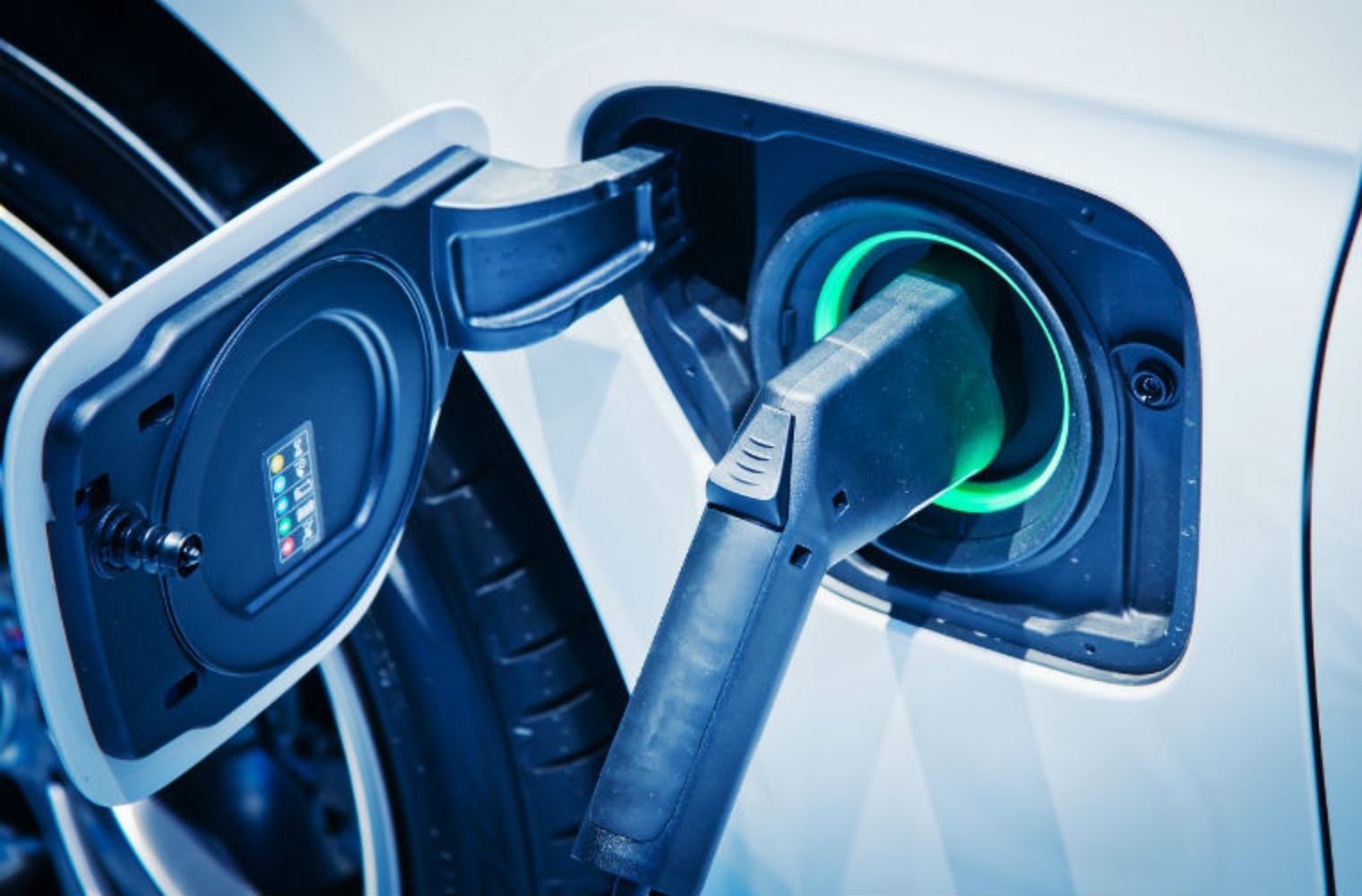Electric vehicles are increasing in demand across the UK – but with this EV growth, more electric vehicle infrastructure and EV charging points are needed.
The UK’s commitment to net zero can only be met if vehicle emissions are slashed, and as transport is the single largest contributor to the UK’s carbon dioxide emissions, our transition to electric vehicles is much needed. However, do we have enough EV charging points?
Significant commitments have been made, with a ban on the sale of new petrol and diesel vehicles from 2030, and hybrids following in 2035.
The future of mobility is the electric vehicle (EV)
Over 15% of cars sold in the UK during the first quarter of 2022 were electric. Predictions point to EVs making up 58% of all passenger vehicle sales by 2040.
However, to ensure the EV revolution is a success a dramatic increase in the availability of EV charging points is required. The government aims for 12,000 by 2025 and 300,000 public chargers as a minimum by 2030. This is essential to support the increase in EV ownership and reduce ‘range anxiety’ amongst drivers. Perhaps unsurprisingly, the expansion of charging infrastructure has been found to be a highly effective way to increase the share of electric vehicles.
A holistic approach to parking and charging
Reaching the target set out by the UK Government will require a coordinated effort from the private sector, Local Authorities and central government. Supported by the promise of over £500 million of funding to help Local Authorities increase local EV charging point coverage, as part of its EV Infrastructure Strategy, the Department of Transport has made it clear that, “Local leadership in this transition is crucial.
Local Authorities have a crucial role to play in enabling the transition to ZEVs in their areas
This includes proactively supporting and delivering the rollout of EV charging points and helping to ensure the transition is integrated into wider local transport and community needs.”
The goal is clear – create a holistic, sustainable mobility infrastructure. A core component must be easy access to EV chargers. This is especially important within densely populated areas where most residents do not have their own off or on-street parking. There are 8 million households which cannot install a home charge point.
Local Authorities cannot consider the need for robust and available EV infrastructure in isolation. It is just one component of the challenge to make our towns and cities flow effectively utilising smart, sustainable strategies. As we realise the EV future, parking and charging are intertwined – you must park an EV to charge it.
Also, with retail and recreation destinations contending with record low visitor numbers, investment in park and charge could stimulate economic growth as visitors use these facilities while promoting more sustainable travel.
The lack of consumer-friendly park-charge partnerships is currently a barrier to entry for would-be EV owners. There are over 30 charge point operators in the UK all operating different payment apps, which makes ubiquitous coverage impossible, and is as much a concern as the limited availability of high-speed charging point infrastructure. The absence of a joined-up strategy between managing the payment and enforcement of a parking bay and EV charging providers could inhibit both the adoption of EV and the rapid acceleration of the required standardised infrastructure.
The EV Infrastructure Strategy highlights that the future for charge points is, “fairly priced and inclusively designed public charging is open to all – there will be vibrant competition across the charging sector with choice in provider and type of charging, and open data on pricing and availability.” Further, “It is essential that as the charging network expands and evolves, consumer needs are kept central.”
Opening the door to sustainable, smart infrastructure
Today’s consumer needs and expectations are increasingly aligned with the convenience of digital services. Choice, ubiquity and smart use of data are all part of the EV revolution. Regarding EV adoption, drivers want the convenience of Plug-Pay-and-Play options, combining parking with charging in one easy platform.
A streamlined digital system is required, allowing motorists to pay for parking and charging simultaneously. This has already proved successful in Scandanavia. For example, Norway has more EVs per capita than anywhere else, supported by a growing network of plug-and-play providers.
While it’s been largely successful and standardised in wider Europe, an Open-Market for parking, where multiple suppliers can provide parking services in a location, is only starting to advance in the UK.
This needs to expand to include an Open-Market for park and charge infrastructure. An open infrastructure will enable information on traffic, air quality, parking availability, EV charging points, car performance and much more, to be connected and analysed in one easy-to-use platform. This holistic overview will also enable local councils to use mobility data as a service and create additional efficiencies and revenue streams.
An Open-Market for parking would enable the development of a fully integrated and centralised hub for UK mobility. The hub would integrate all data sources, from congestion, parking, public transport, cycling, EV charging points, and many more to enable a more efficient, data-driven transport sector, with providers and third parties able to securely share and access important information to drive better digital services.
Importantly an Open-Market removes much burden from Local Authorities, freeing public resources while delivering superior services and value. The best way to ensure EV infrastructure that will help us all meet the 2030 and 2035 deadlines for combustion engines and smooth the transition to zero-emission EVs is an Open-Market. Driving sustainability, meeting consumer demand and harnessing the best of today’s data innovation.

